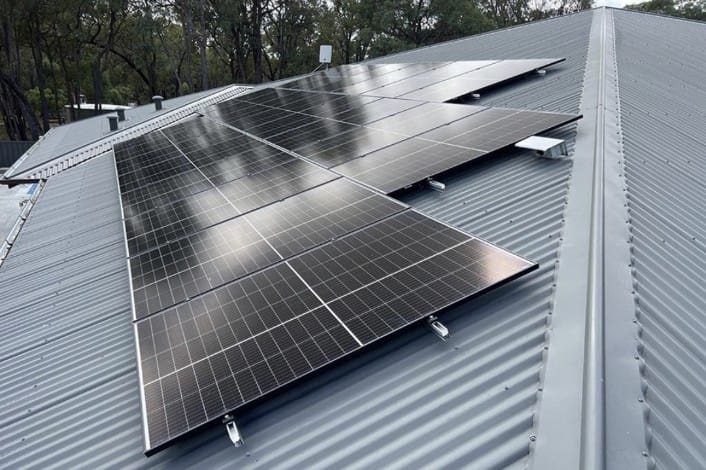Transforming Finance: Real World Asset Tokenization and the Future of Finance
The financial landscape is undergoing a radical transformation, thanks to the convergence of blockchain technology and Real World Asset (RWA) tokenization. In our previous article, we explored the crucial role of Account Abstraction and the emerging ERC6960 and ERC3643 standards in this paradigm shift. In this article, we will further unravel the implications of RWA tokenization on the world of finance.
Real World Asset Tokenization (RWA):
RWA tokenization represents a fundamental shift in the way traditional financial assets are managed and accessed. By converting real-world assets, such as real estate, art, and revenue streams, into digital tokens on a blockchain, RWA tokenization introduces a new era of liquidity, accessibility, and security.
Unlocking Liquidity:
One of the most significant advantages of RWA tokenization is the ability to unlock liquidity in previously illiquid assets. Real estate, for instance, is known for its relatively slow and cumbersome buying and selling processes. Through tokenization, real estate assets can be divided into tradable tokens, enabling fractional ownership and making it easier for investors to enter and exit the market.
Democratizing Investment:
RWA tokenization also democratizes investment opportunities. Individuals who were previously excluded from high-value assets can now own fractional shares, opening the door to a broader spectrum of investors. This inclusive approach has the potential to reshape wealth distribution and investment dynamics.
Reducing Barriers:
Another aspect of RWA tokenization is the reduction of barriers to entry. Access to high-value assets is no longer limited to the privileged few. As blockchain technology becomes more mainstream, it empowers a broader range of investors and entrepreneurs to participate in asset tokenization projects.
The Role of Account Abstraction, ERC6960, and ERC3643:
In our previous article, we highlighted the critical roles of Account Abstraction, ERC6960, and ERC3643 in enabling RWA tokenization. Account Abstraction’s flexibility in transaction fee payments, combined with the standardization introduced by ERC3643, lays the foundation for seamless and secure RWA tokenization. This synergy not only fosters innovation but also ensures the interoperability of RWA tokens across different projects on the Ethereum network.
Conclusion:
Real World Asset tokenization is poised to reshape the financial landscape. By providing liquidity, democratizing investment, and reducing entry barriers, it empowers a wider spectrum of individuals and entities. As the technology continues to advance and mature, we can expect RWA tokenization to bridge the gap between traditional and decentralized finance, ultimately offering a more equitable and accessible financial system.
For those looking to explore the technical intricacies and practical implementations of RWA tokenization, you can refer to valuable resources. This website offers an in-depth understanding of the technologies and standards mentioned in this article, providing a comprehensive guide to realizing the full potential of Real World Asset tokenization in the world of finance.



